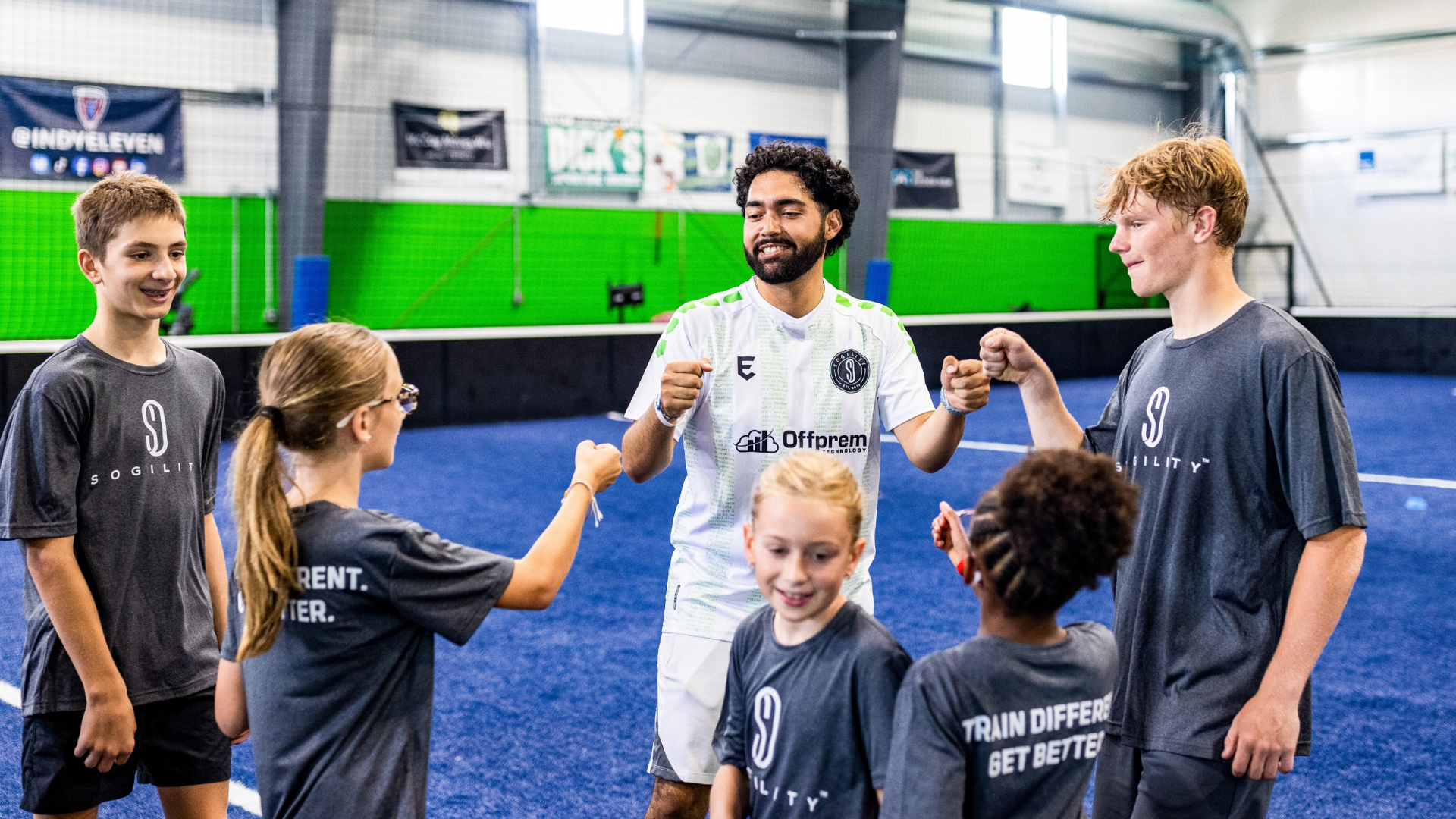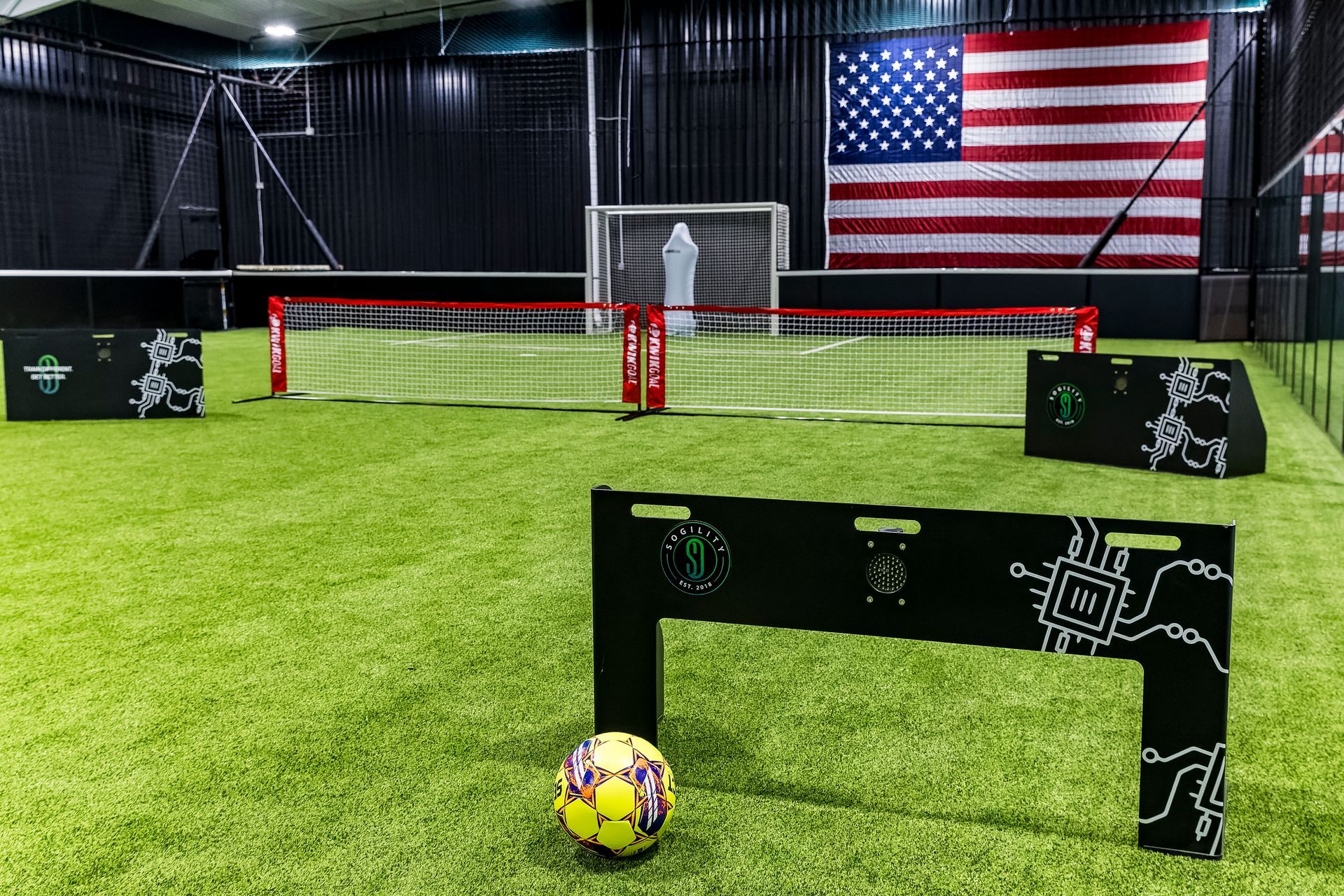October 11, 2023
The Importance of Communication in Soccer
Soccer, often referred to as the “beautiful game,” is not only about individual skills and talents but also relies heavily on effective teamwork. At the heart of successful teamwork lies communication, a vital component that facilitates coordination, cohesion, and efficiency on the field.
Clear Communication for Seamless Coordination:
In the fast-paced and dynamic environment of soccer, clear and concise communication is crucial for seamless coordination among players. Effective communication helps teammates anticipate each other’s moves, create space, and exploit opportunities. Verbal cues, such as calling for a pass or signaling for support, enable players to make split-second decisions, react swiftly, and maintain fluidity in their gameplay.
Enhancing On-field Awareness:
Communication in soccer is not limited to verbal exchanges but extends to non-verbal cues and signals. Players must constantly be aware of their surroundings, actively communicating through body language and eye contact. These non-verbal cues convey intentions, such as a quick glance to signal a through pass or a nod to indicate a specific run. Such awareness fosters a deeper understanding between teammates, allowing them to anticipate actions and make intuitive decisions.
Organizing Defensive Shape:
A well-organized defense is built upon effective communication. Defenders need to communicate constantly to maintain a compact shape, track opposition movements, and coordinate defensive efforts. By relaying information about incoming threats, marking assignments, and potential danger zones, defenders can thwart attacks efficiently. Effective communication also helps in organizing set-pieces, ensuring everyone is aware of their roles and responsibilities.
Quick Transition and Counter-Attacking:
Successful teams are adept at exploiting transition moments to launch counter-attacks. Communication plays a crucial role in this aspect. The ability to communicate swiftly and efficiently during transitions enables players to rapidly switch from defense to attack, catch opponents off-guard, and create scoring opportunities. Clear communication ensures that everyone is on the same page, facilitating a cohesive and coordinated counter-attacking strategy.
Building Trust and Unity:
Communication is not just about relaying information; it also fosters trust and unity within the team. A strong team bond is built on open and honest communication, where players feel comfortable expressing their opinions and concerns. Encouraging a supportive and inclusive environment promotes effective communication, empowering players to work collaboratively, resolve conflicts, and adapt strategies on the fly.
In the world of soccer, effective communication is the backbone of successful teamwork. Clear and concise communication enhances coordination, fosters on-field awareness, organizes defensive shape, facilitates quick transitions, and builds trust among players. By honing their communication skills, teams can elevate their performance, increase their chances of success, and truly embody the spirit of the beautiful game.
For more information on ways Sogility can enhance your communication skills as a teammate visit sogility.net.
The post The Importance of Communication in Soccer
appeared first on Sogility.

At Sogility, our trainers are more than coaches, they’re mentors, motivators, and role models who help athletes discover their potential. This month, we’re excited to spotlight one of our dedicated Sogility Westfield trainers: Allan Ramirez. A Unique Soccer Journey Allan’s soccer story begins in Mexico City, where he was born and developed an early passion for the game. Unlike many players who rise through traditional youth club systems, Allan’s path looked very different. He only played one year of high school soccer and never played travel or club soccer growing up. Instead, he sharpened his skills in local adult leagues at a young age. His determination and love for the sport propelled him forward, eventually leading him to play semi-pro for multiple seasons and earn opportunities to try out for professional clubs. Allan’s unconventional path is proof that there is no single way to pursue the game, and that passion can take you far.

Holiday breaks can disrupt a player’s rhythm, but they can also be the perfect time to reset, refocus, and make meaningful progress. With the right approach, players can return to winter training sharper, stronger, and more confident—without sacrificing time with friends and family. At Sogility, we believe the holiday period is one of the most underrated training windows of the year. Here’s how to make the most of it. 1. Schedule Quick, Efficient Sessions Training during the holidays doesn’t need to feel overwhelming. Short, intentional sessions are not only easier to fit into a busy schedule, they’re incredibly effective for skill retention. Try aiming for: 3–4 sessions per week 20–30 minutes each Focused work on technique, speed of play, and ball familiarity These bite-sized sessions help maintain sharpness without burning players out. A few minutes of ball mastery or first-touch work done consistently over the break can have a huge impact once formal training resumes. Pro Tip: Pair a quick technical session with a simple fitness component—such as sprints, agility ladders, or core work—to stay game-ready as you enjoy holiday meals and downtime. 2. Take Advantage of Indoor Time Winter weather isn’t always friendly to outdoor training, but the holidays provide excellent opportunities to get creative indoors. You don’t need a full field to develop high-level skills—just a ball and a small space. Great indoor activities include: Focused work on technique, speed of play, and ball familiarityBall mastery (toe taps, inside–outside touches, sole rolls) Footwork ladders or cone patterns to develop agility Quick wall passes to improve first-touch and reaction speed Target passing using laundry baskets, tape squares, or furniture as safe targets Indoor training is especially helpful for developing control, coordination, and quick feet, skills that translate directly to better performance in small-sided play and high-pressure moments. Bonus Idea: Parents and siblings can join in, turning quick sessions into fun family challenges. This keeps training lighthearted and enjoyable during the holiday season. 3. Keep It Fun The holidays are a time to relax, recharge, and reconnect with the joy of playing soccer. Keeping training fun during the break helps players stay motivated and rediscover their creativity. Try adding: Trick-shot or accuracy competitions 1v1 games with friends or siblings Freestyle or juggling challenges Fun play builds confidence and improves problem-solving skills on the field—the type of creativity coaches love to see. Remember: When players enjoy the game, their technical development accelerates naturally. 4. Use Technology to Track Progress One of the biggest advantages of holiday break training is the ability to measure improvement in a short window of time. At Sogility, our tech-enhanced training stations are built for exactly this. With these tools, holiday break doesn’t just maintain your level, it elevates it. Players return to team training with sharper touches, quicker reactions, and increased confidence. Holiday Advantage: Most players slow down during winter break. Using tech-enhanced training gives you a competitive edge heading into winter and spring seasons. Final Thoughts: Make the Holidays Your Growth Season The holiday break is a valuable opportunity, not a setback. With short, targeted sessions, indoor creativity, fun-focused play, and Sogility’s training technology, players can make meaningful progress while still enjoying the season. Final Thought Whether you’re preparing for tryouts, winter league, or spring soccer, staying active during the holidays ensures you return with momentum, not rust.

All You Need in the Game: Master Essential Skills for Better Performance At Sogility, we know that mastering the essential skills of soccer requires more than just physical fitness — it demands speed, precision, sharp decision-making, and mental toughness. That’s why we offer Circuit Training , a revolutionary program that combines cutting-edge technology with innovative drills to prepare players for the fast-paced, high-pressure challenges of real-game play.
